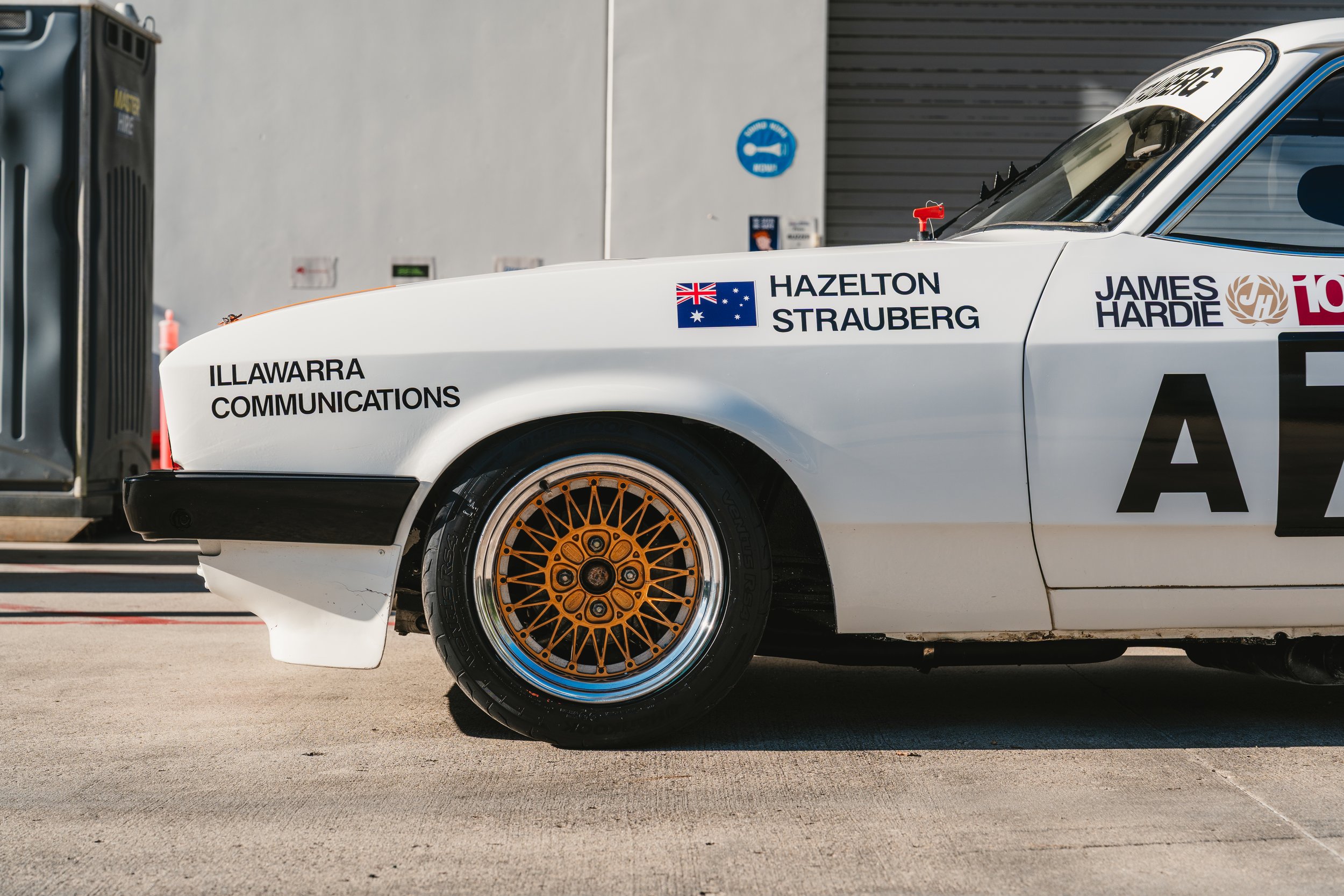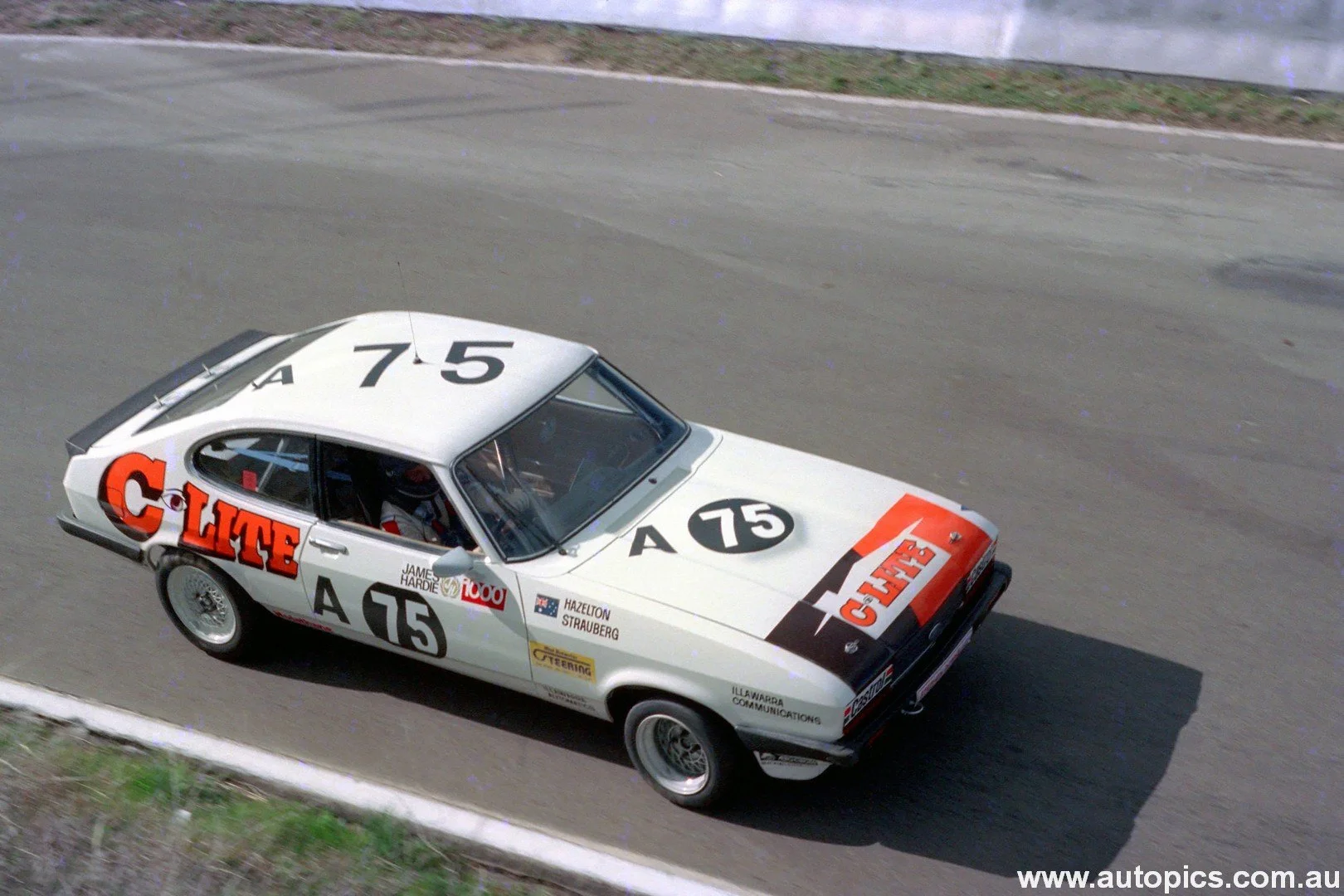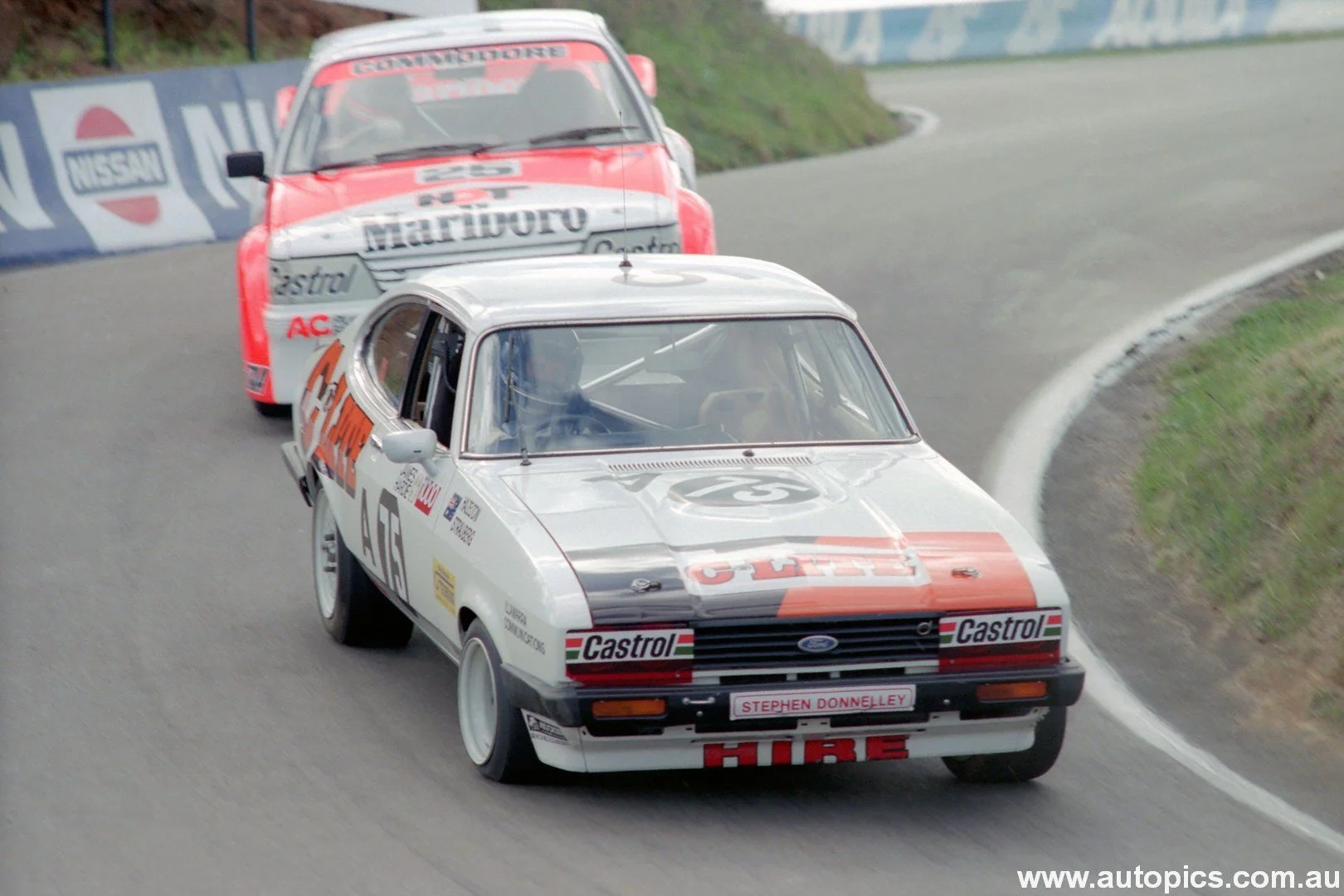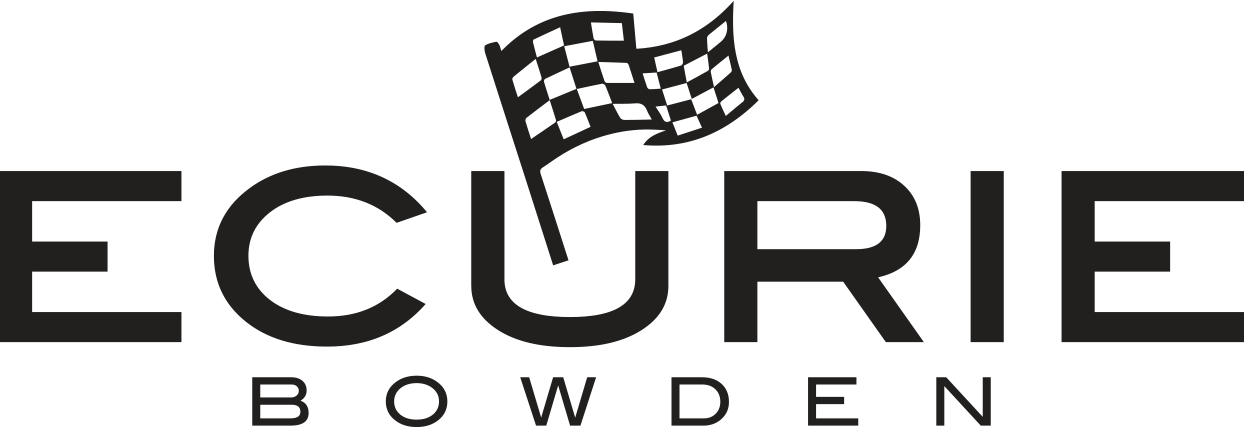1982 Ford Capri











































1982 Ford Capri
In the buoyant times of 1965 Ford Ireland, UK and Germany all collaborated to create the mighty Transit van; a success story that still serves those markets to this very day. It was such a success, for logistics, cost and tax purposes, that come 1967 the collaboration, become an amalgamation and the banner of Ford Europe was created. Whilst the Transit was an excellent workhorse and a delight for tradies and FOMOCO accountants, the rev heads at Ford Europe wanted a sporting model and the USA success of the Mustang, gave them the green light to cash in on the early Baby Boomers, who wanted to Boom in style.
A Mustang that suited Europe was the broad brief and in light of that job, the scaled down Capri, a car that you could tackle the twisty alpine passes of Switzerland, then hold your own on the Autobahn (Choose your model wisely here…) and finally, get your way about a town that was built to cater for horse drawn traffic, was needed and fit the bill it did. In base form, the Capri could be described as slightly dowdy, but the homologation specials, such as the RS2600 and RS3100 and their absolutely divine Group 2 racing brethren, quickly silence any thoughts of the Capri being a poor cousin to the Mustang.
The Capri was built to cater for RHD markets, so export to Australia was always on the cards and in the V8 loving Australian market, the Capri’s sporting abilities gave it the credibility on the streets, it needed for healthy sales. The OPEC crisis combining with our local version of FIA Group 1 and 2, Group C, meant we even received 50 of the coveted RS3100 variants, a few of which were converted to race use. Come 1983 and racing stalwart Laurie Hazelton was racing his Group C Capri at the prestigious Bathurst 1000 and stuffed it into the wall, just between Skyline and the Dipper, in a most glorious fashion. The poor Capri was deemed to damaged to be repaired and a new bodyshell was sourced from the Cologne factory, via the UK’s Stuart Turner, head of Ford Motorsport no less. Laurie was then under the pump to get the car ready for its debut race at the 1984 Bathurst 1000. An easy decision was made to get the car prepared and log-booked as a Group A car, with it’s suspension freedoms and Ford’s homologations, along with much publicised demise of Group C (RIP Australia’s greatest racing era.)
Laurie’s first adventure with this car involved pre-Bathurst 1000 scrutineering, where he was startled to be found 50Kg underweight, despite being a similar specification to his old road car converted Group C car. Laurie competed in his Group A Capri incident free, until circa 1990 when he sold the car to his neighbour, who other than one test day, never raced the car. It was then sold in circa 2004 to Brisbane’s Harris Collection, who also maintained the car and only used it on a few test days. The car was then sold to the current owner circa 2023 who has undertaken a mechanical and cosmetic restoration, with the original paint kept intact. Most of the work was undertaken by historic specialists HCR Motorsport of Brisbane Australia. The Capri’s original paint being retained is worth noting, as it speaks of the excellent condition of the pristine bodyshell.
The current owner has enjoyed recommissioning the car and has decided to sell, while it is all ‘fresh’ and ready for its next track day. This is a great opportunity to purchase a mint 1982 Capri Motorsport bodyshell and take it back in time to Group 2, or the BTCC’s famous Group 1.5 or leave it in current Group A guise. It comes with its original 1984 Group A logbook plus has it’s modern CAMS / Motorsport Australia historic logbook and Certificate of Description too.
